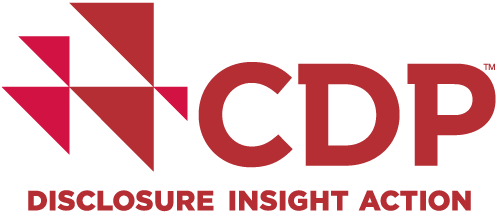CDP is the global reporting platform for the RegionsAdapt Initiative, Under2 Coalition and UN's Race to Resilience and Race to Zero campaigns, offering states and regions capacity-building opportunities and access to a network of relevant support.
Reporting informs the Race to Resilience and Race to Zero Campaigns on the progress of regions in their commitments towards net-zero, building resilience, and adapting to impacts of climate change.
Meanwhile data is used by the UNFCCC’s Global Climate Action Portal, which recognizes climate actions and commitments made by actors around the globe.








